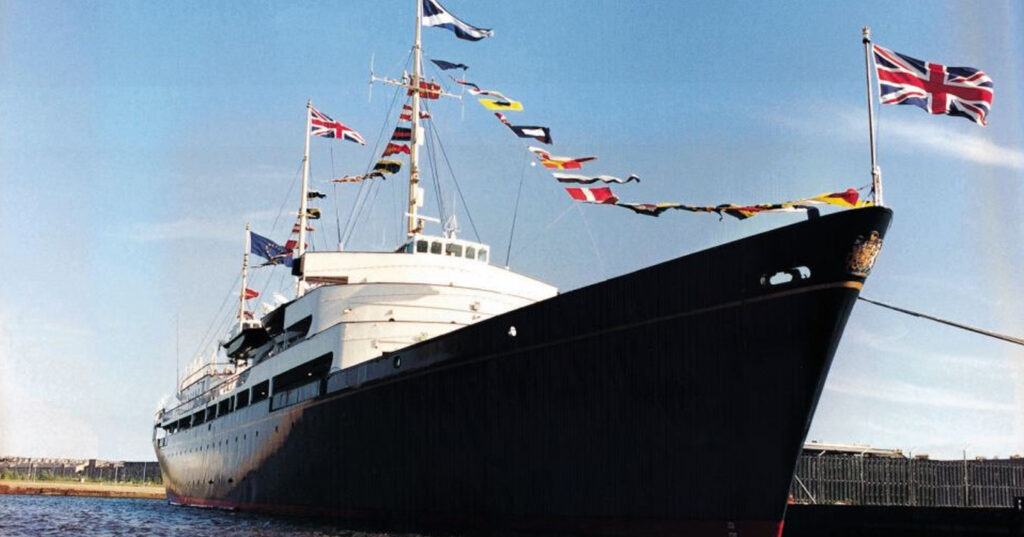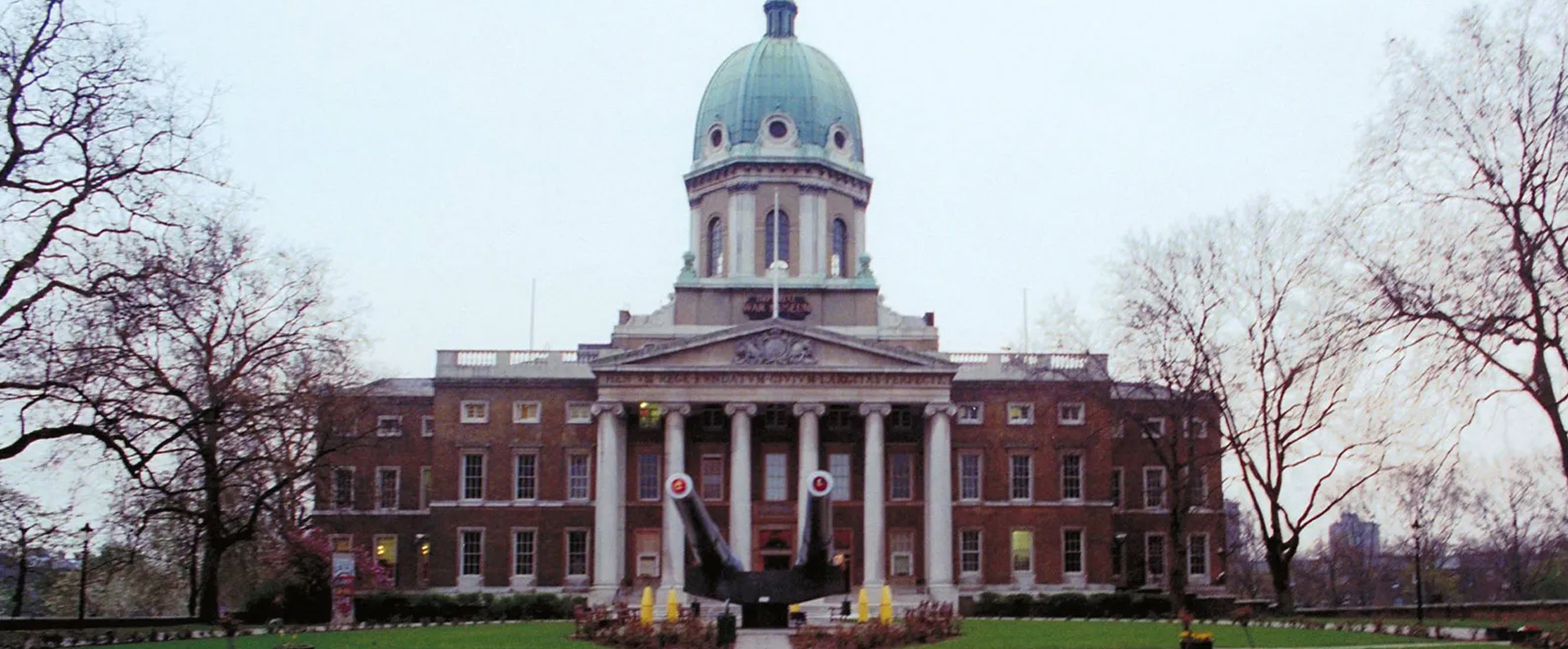
Published in the Daily Mail on 18 July 2012 by Robert Hardman.
Many years from now, the hectic summer of 2012 will still be etched in the memories of millions of people in this country. And it won’t be the rain which comes to the fore.
It will be those moments when Britain thought big, took a chance and played to her most important strength — her ability to stage great national events.
Which other country could have laid on a party like the great Diamond Jubilee — drawing millions of people together, up and down the country, for an unscripted outpouring of affection and good-humoured national pride?
No doubt there will be a similar atmosphere around the Olympics. Other nations may bow before the flame and the diktats of the International Olympic Committee, but we are already treating the ‘Zil’ car lanes as a joke and mocking the marketing fascists. And we haven’t even had the opening ceremony.
Few events capture the spirit of modern Britain more eloquently than last month’s Thames Pageant: innovative, adventurous, stoical, utterly eccentric, inclusive and as proud of its young people as of its steadfast, 86-year-old monarch. And proof, still, that we are, at heart, a maritime nation.
That is why the Mail is proud to support a brilliant new idea which embodies all of that — a United Kingdom flagship.
It is 15 years since we lost that peerless ambassador for Britain, the Royal Yacht Britannia. But the values she represented have not disappeared. Today we launch a major appeal for what the Prime Minister describes as ‘a great new national asset at absolutely no cost to the public purse’.
Here is a beautiful and elegant national symbol which will capture Britannia’s spirit for a modern Britain — but without troubling the taxpayer.
Its role will be to promote the best of British — British youth, British brains and British enterprise.It is an idea as original as it is spectacular. And, in the present economic climate, it is a bold one, too — some might call it shamelessly romantic. All the more reason, then, to get behind it.
Imagine a spectacular floating centrepiece to great national and international events like the Jubilee or the Olympics. Imagine a magnificent envoy for this country sailing into the great harbours of the world — Sydney, Cape Town, Manhattan — just as Britannia might once have done. Except this will be a stunning sailing ship — and one which offers life-changing opportunities for thousands of young people.
It will also be a genuine university of the oceans and, in addition, a world-class platform for scientific research, in the finest traditions of Jacques Cousteau’s Calypso — and in the spirit of Darwin’s Beagle.
And it is a project looking firmly at the future, all of it run and funded by a charitable trust — not by the state. No wonder it has attracted enthusiastic cross-party support.
This is no exercise in naval nostalgia, however evocative the sight of its vast sails billowing on the horizon. Certainly, the old Royal Yacht was a loyal servant for almost half a century (once generating more than a billion pounds in contracts in a single stopover). And, as former Prime Minister Tony Blair now admits, it was a grave mistake to decommission it in 1997. But that was then. Times have moved on.
The new UK Flagship will inspire echoes of the old Royal Yacht. But it is very different, non-royal — and entirely original.
An over-arching priority is providing the opportunity of a lifetime for thousands of young people who will come aboard for a voyage, 200 at a time. From Sweden to South Africa to Australia, charities and governments recognise that few challenges instil self-esteem and teamwork in young people more effectively than the shared experience of climbing up the rigging in the middle of an ocean — with your mates — to keep your ship tuned to the wind.
They will be accompanied by leading oceanographers and marine experts, supported by the latest research equipment, including submersibles and cranes. The whole ship will be a monument to carbon-neutral technology.
Thanks to developments in photo-voltaic thread, for example, it is hoped the sails can act as huge solar panels, soaking up energy to generate power to charge batteries that would drive the electric engines for manoeuvring in and out of port.
In harbour, the ship will be available for major trade exhibitions and every sort of national occasion. There will be elegant but convertible VIP accommodation at the stern and the ship will certainly be able to entertain to the highest standard, just like Britannia once did.
Back at sea, though, the grandest stateroom can soon be reconfigured as a research lab or classroom because the interior design is modular. Practicality — and originality — is all.
This is a project which has been many years in the making and, last autumn, the Mail unveiled the first details of this audacious idea. Back then, however, it remained just that — an idea.
Detailed plans had been produced by a charitable trust established by a group of distinguished marine industry professionals. But it needed investment and momentum to evolve from the drawing board to a reality. Thanks to the Mail’s coverage, dramatic progress ensued.
The businessman and philanthropist Lord Ashcroft was captivated by the proposal. After careful study of the plan, he met the trustees and has been invited to become one himself.
With years of charitable expertise, he is providing the crucial seed funding to steer things through the design and planning stage. As a result, a professional management structure is already taking shape and a partnership has been established with the University of Worcester.
Today, having deliberately held back from a fundraising campaign until proper proposals were in place, the trustees are starting their appeal for public support — with the full endorsement of the Mail.
The target of £80million is both wildly ambitious and attainable — the equivalent, say, of the cost of just the Olympic opening ceremony or £10million less than the amount which the National Galleries of London and Scotland have recently raised to buy a pair of matching Titians.
Of course, these are hard times and most people will, understandably, feel that they have more pressing things to worry about than a national flagship.
But it is at such austere times that visionary ideas like this are all the more important (not least for British shipbuilding). Significantly, last year, without any sort of appeal in place, we at the Mail were astonished by the number of unsolicited donations in support of this idea. Firm pledges of £15million are already in place.
One of the most enthusiastic supporters is the Minister for Universities and Science, David Willetts, who has championed this from the outset. ‘What is so good about this idea,’ he says, ‘is that it achieves so many different things — youth opportunity, education, trade and a reminder that Britain is a world leader in sail technology.’
He points to the example of Southampton University, which is building a new £116million Marine and Maritime Institute with backing from Lloyd’s Register. He has high hopes that a broad cross-section of British business will have just the same enthusiasm for the UK Flagship.
Every contribution matters. Once the fund has £6million in the bank, for example, a consortium of Canadian well-wishers has pledged to contribute £10 million to ensure a Commonwealth dimension to the project.
The business model has been rigorously assessed. This is a ship which earns its keep whether it is at sea or in port. During an estimated 285 annual days at sea, all 200 cadets would pay their way, through a wide range of funding, just as they do at smaller sail-training organisations.
When in port, British — and Commonwealth — businesses can pay to set out their stalls. Public open days will be worked into the programme, too. And, of course, the Government will want to ensure that the UK Flagship is in pride of place for certain key national events — when members of the Royal Family might be invited aboard.
It has been designed by the award-wining naval architect Colin Mudie. But if his 650ft design looks traditional from a distance, it is, on closer reflection, revolutionary. The four masts are raised on plinths above the main deck to create an enormous open space for ocean-going scientific equipment. Britain has a serious shortage of marine research opportunities at sea. And the flagship will also carry its own shore transport, whether it is two 32-seat coaches in the hold or 100 bicycles stored in the mast plinths.
With all his experience of business and fundraising, including Anglia Ruskin University and London’s Ashcroft Technology Academy, Lord Ashcroft does not involve himself in major projects on a whim. He is firmly convinced of the merits and potential of the UK Flagship. ‘I am delighted that the new vessel will incorporate a VIP role,’ he says, ‘but a key objective is to enable young people over the age of 16 to experience challenging activities in a stimulating environment, away from the distractions of normal teenage life.’
Yes, it is a bold plan at this time. But some of the best ideas have taken shape in times of austerity — not least Britannia itself. Commissioned by the post-war Labour government, the former Royal Yacht was launched by a Tory successor. Over the next half a century, though, that vessel went on to repay the investment many times over, both as an ambassador and as a salesman for UK plc.
Times and attitudes are different now. Today’s Treasury would never countenance a publicly funded flagship at the very moment we are shrinking the Royal Navy and the other Armed forces.
But we remain a nation wedded proudly to the sea. Our Olympic and round-the-world sailors are second to none. And the world still sets its watch from maritime Greenwich. Here is an opportunity for us to reconnect future generations to the ocean in so many ingenious and life-enhancing ways.
We are best when we are at our most original. This is a brilliant idea and its time has come.
* Donations to The UK Flagship can be made through www.ukflagship.com or via HSBC, 69 Pall Mall, London, SW1Y 5EY.
More information and related article
Read on Daily Mail


